HOUSES OF WORSHIP
A Jewish Lourdes Revisited
Who will help the once-robust synagogues of Egypt?
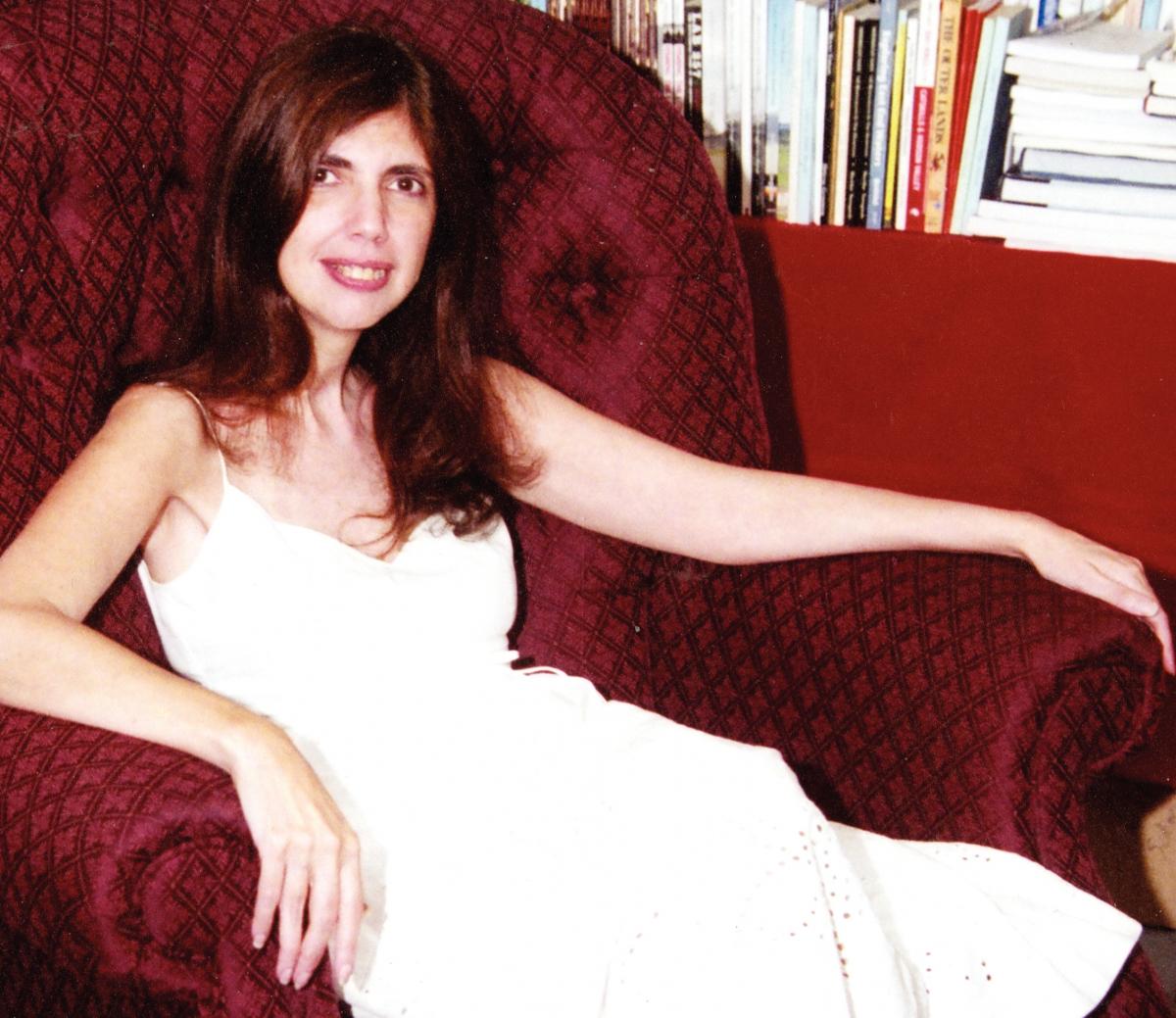
By; LUCETTE LAGNADO
Friday, June 10, 2005 12:01 a.m. EDT CAIRO--Maimonides, the great rabbi, philosopher and healer, died 800 years ago in Egypt, but for many of those years he kept on working. Over the centuries his presence was said to be felt in the little synagogue deep in the heart of Cairo's old Jewish Quarter where, legend had it, he taught his disciples in a basement room. For the Jews of the Levant, Maimonides the doctor was as important as Maimonides the theologian and codifier of Jewish law.
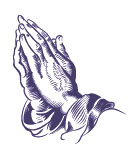 So it was to his small shul, known as Rav Moshe, that Jews from across Egypt journeyed in hopes that the man who believed in both God and science could cure them.
So it was to his small shul, known as Rav Moshe, that Jews from across Egypt journeyed in hopes that the man who believed in both God and science could cure them.
As it happens, I once went to this Jewish Lourdes as a little girl. When I was six, there was a small sleeping area in Rav Moshe, with worn-out mattresses. Anyone who came to be healed was handed a threadbare blanket and a pillow, and perhaps some holy rubbing oil, and urged to go to sleep and wait for the Rambam, as Maimonides was called.
As a child, I was terrified of the place: It was so dark and spooky. But legend had it that once you were asleep, Maimonides would visit you in a dream and heal you. I was suffering at the time from a puzzling swelling in my left leg that mystified all the specialists my parents consulted. I have no idea if Maimonides made one of his "house calls" for me. But I do know that my symptoms abated.
My crisp, rational American upbringing in the decades since hasn't entirely cured me of my faith in the unseen hand of Maimonides and his presence in the little temple in the ghetto. Thus I wanted to pay my respects last month, when I visited Cairo some 40 years after my family had left in the diaspora that followed the flight of the Jews from Nasser's Egypt, a community once 80,000-strong. Even in 2005, the old Jewish Quarter is a maze of alleyways where one must look out for donkeys, chickens and hungry cats.
As my husband and I followed our guide on foot, schoolchildren joined us, delighted to see Americans on their turf. If there is anti-Americanism in Cairo, or anti-Semitism, I didn't see it in the children. Or in the adults either. I knew that we had arrived at our destination when I saw an armed guard on patrol. Cairo has many Jewish houses of worship where no worship has taken place in decades. Yet these abandoned hulks are fiercely protected.
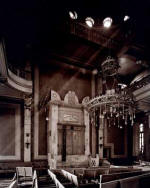
The Nasser regime may have thrown out Egypt's Jews, but the Mubarak regime seems to be devoting immense resources to protecting what remains of their legacy.
Still, Rav Moshe is a shambles. The roof of the sanctuary where I had prayed as a child caved in years ago. What survives is the ark that once housed the Torah scrolls. I wanted to see the shrine but had to stop. The basement was flooded. I stepped across a plank and stood on a bench in the room where I had slept as a child. There were no blankets or mattresses now, no holy oil, no Maimonides. The former chief Sephardic Rabbi of Israel cited the term "orphans" when analyzing what to do with holy objects left behind in Egypt. In Judaism, prayer books, Torah scrolls--even their covers and decorations--are not simply sacred but also alive. Left unused, they are like bereaved children, and that's how they seemed to me on my visit to Cairo, not just at Rav Moshe but at one vacant synagogue after another. Even Shar Hashamaim, a grand synagogue in downtown Cairo--the name means "the Gates of Heaven"--looks desperately faded with its rows upon rows of empty pews.
Entering the synagogue can be an intimidating affair. Armed guards swarmed around nervously as we drove up. Yet they were kind during our tour, and some put down their weapons. Once inside, I ran to the ark and lifted the curtains, hoping to kiss the Torah scrolls. The ark was padlocked, and I was directed to one small scroll on display. At some point Cairo's Jewish institutions became hostage to a grim dispute between local caretakers and expatriate Egyptian Jews.
On one side, Jews in New York, led by Desi Sakkal, a Cairo expatriate, argued for the removal of the sacred objects so that they could be used again. But the few Jews left in Cairo contended with equal fervor that it was wrong to loot Egypt of its treasures.
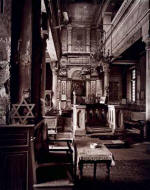 As the debate raged, the synagogues became ever more decrepit. Like Temple Hanan, the synagogue where my father once worshipped. It had been a palatial structure, with vaulted ceilings, chandeliers, high windows and a spacious courtyard. Now it looked haunted, shabby and unbearably sad. Its ark, too, was padlocked. It would take a great rabbi to decide whether Egypt's Judaica should stay or leave.
As the debate raged, the synagogues became ever more decrepit. Like Temple Hanan, the synagogue where my father once worshipped. It had been a palatial structure, with vaulted ceilings, chandeliers, high windows and a spacious courtyard. Now it looked haunted, shabby and unbearably sad. Its ark, too, was padlocked. It would take a great rabbi to decide whether Egypt's Judaica should stay or leave.
It may even be too late, said Raphael Benchimol, a New York rabbi at the Manhattan Sephardic Congregation. He worries that the Torah scrolls may be so frayed that some are unusable and may have to be "buried," as we would bury loved ones. But repairing Rav Moshe and other temples should be relatively simple. Imagine Egyptians and Westerners working side by side to rebuild a small Jewish house of worship--maybe several. That would be a miracle worthy of the Rambam.
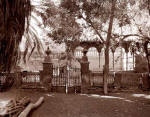
Ms. Lagnado, a Journal reporter, is working on a memoir of her father for Ecco/HarperCollins
Pictures are inserted courtesy of D R COWLES http://www.drcowles.ca/
